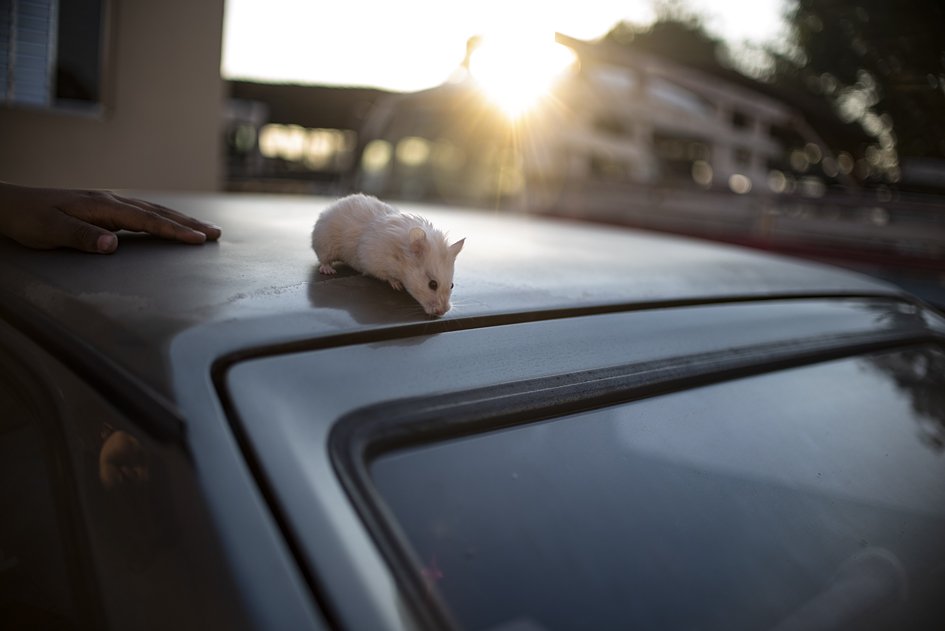Isabella Finholdt
Antes de Ir (2018 - Current) | It's been 21 years living in the same place (with some intermittence and changes) and for 3 years ago, I started to photograph it more intensely: “Antes de Ir” is an photo project that I started in 2018 - although I had already photographed the place where I live before - and which I have deepened as an imagery researcher over the years. The interest in documenting the place I live came from the desire to study the portrait in practice and from the reflection on the imagery of the “central” city (to which I used to went every day, by public transport or bicycle for 10 years) and the imagery that if they have from peripheral and distant areas, their landscapes, and consequently of their inhabitants.
The policy to promote social housing in Brazil started in the Vargas era, appears through modernist buildings from the Retirement and Pension Institutes (IAPs) to the notorious BNH, INOCOOP, CDHUS, COHABS and other residential complexes. Miles from urban centers and often built without good architectural planning, many social housing comples have become synonymous with isolation in the so-called “sleeping cities”. Between 1981 and 1982, on a area of 115,285.40 m², which used to belonging to the Pinheiros Institute in the municipality of Taboão da Serra, São Paulo, another social housing project was built; the third in the area that has two more large residential groups nearby.
“Vale dos Pinheiros”, is known to this day by many of its residents and regulars as “Jaú” and was for a long time one of the largest housing complexes in Greater São Paulo. There are countless neighbors, friends, acquaintances and colleagues; children run and cycle from one block to another, or spend their days playing on the court and in the playground. The older ones sunbathe in the early morning or late afternoon, others walk through the immense space and teenagers take the opportunity to escape from prying eyes looking for more discreet corners in the immense space. Forty-one blocks and thirty-two apartments in each, 7560 residents: so many lives and stories, impossible to calculate, as well as embracing its thousand images and facets. I slowly understood that documenting the condominium had much less to do with a “photographic catalog” of the people and the place (as I did at the beginning, in an attempt to photograph most of the almost 7,000 residents), and more to do with me, with my relationship with the place where I grew up (but for the last 10 years spend little time in it) and transition to adulthood. During the development of the work and with covid-pandemic (that made me stay at home for a long time) a deeper interest in children, teenagers and young people and reflections on my own childhood and youth grew, and in a natural way the project moves towards this focus.
Photographing my neighbors – mostly girls and young people – one and two generations younger than mine – is a way of looking back at my own adolescence. No wonder that identification came naturally; being together with them, talking, listening and sharing stories, playing, running, laughing, playing made me see how dear childhood, youth and its phases are to me. I understood, looking more closely at children and adolescents and their universe, that I also "see myself" again realizing the obvious: we carry, throughout adult life, intrinsic issues of that time, and the construction of our identity - and certain conditionings that accompany – it is deeply rooted in the place where we grew up. What then comes to guide the essay is the transition between childhood, youth and adulthood, the loss of a certain innocence and an allowance for enchantment, and these movements over time. An eagerness, an energy, a restlessness and the things of life taken "to the heart", a bit of what dwells in me that I find in my youth and that through them persists in me. www.isabellafinholdt.com


































